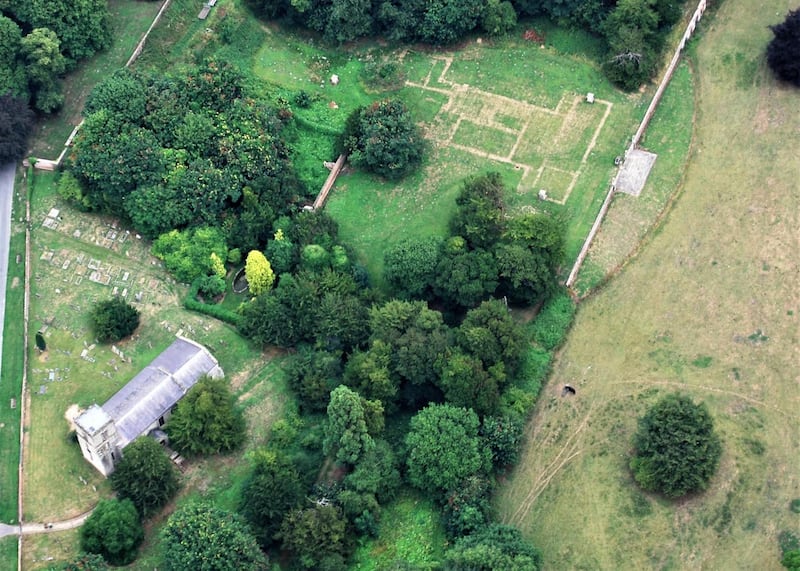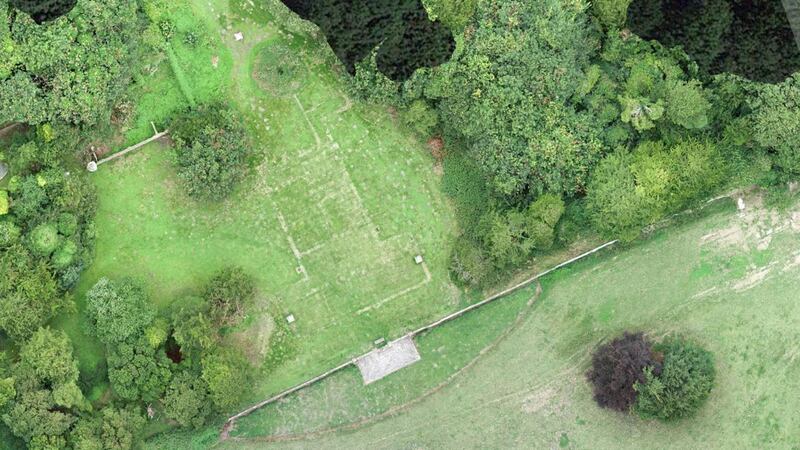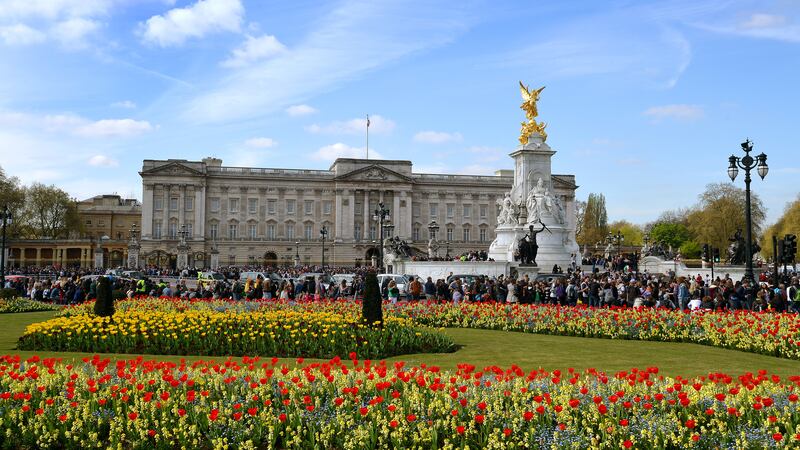Drone technology has been used to reveal the ghostly outline of a magnificent “lost” stately home demolished in the 19th century.
Londesborough Hall, near Pocklington, East Yorkshire, was the country retreat of Richard Boyle (1694-1753), the third Earl of Burlington.
In 1819 it was pulled down by Burlington’s successor, the Duke of Devonshire, and disappeared without trace.
But the long hot summer allowed an aerial photography drone to spot faint outlines of the building in the parched grass.
Peter Halkon, senior lecturer in archaeology at the University of Hull, said: “It was so dry that buried features were even visible as light brown parch marks in grass fields and lawns.
“For the first time in living memory every room in the ground plan of Londesborough Hall was revealed as if someone had painted the outline on the grass.

“The clarity of the outline of the building was amazing just before the marks disappeared as the rains eventually came.”
The wet spring and summer drought had made 2018 a “bumper year” for aerial archaeology in the UK and parts of Europe, he said at the British Science Festival at the University of Hull.
The university’s archaeologists joined forces with drone-operators Yorkshire Archaeological Aerial Mapping.
Other discoveries included henge monuments, Bronze Age ring ditches, Iron Age square barrows, field systems and settlements, said Dr Halkon.
The Iron Age barrows closely resembled those on the continent, especially in the Champagne and Ardennes regions of France and Belgium.
This may indicate “close continental connections” and even evidence of migration, Dr Halkon added.








